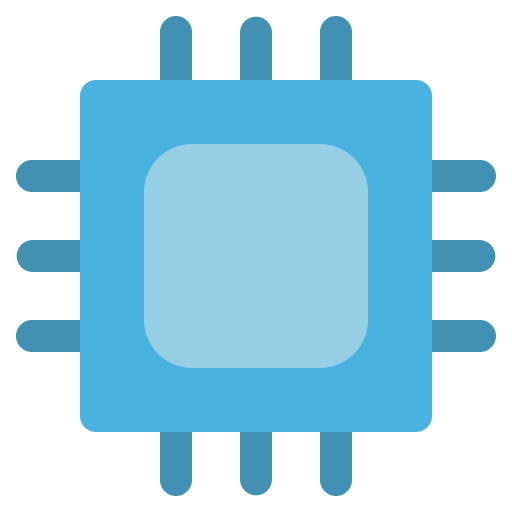OK I take most of these on the chin but I gotta push back on this one because NTs could use it too.
Every picture in the database gets OCR + fuzzy-alt-text + facial-rec + geo-location + timestamp etc etc, all of which are indexed and searchable. Yet the entries themselves are effortless to produce once you’re in the habit.
Those breadcrumbs ultimately augment your functional capacity for recall, and can help you turn an incredibly vague hint of a memory into… voila! …an actual snapshot of that thing from the past.
So it’s not some kind of magpie hoarding behavior necessarily.
It’s note-taking, receipt-keeping, evidence-gathering, and journaling that’s effortless and constantly useful.










I know. I was clowning on the dude mad about the arrows by offering one of numerous other meanings outside Boolean Algebra that sounded even more absurd in that context.